Projects
-
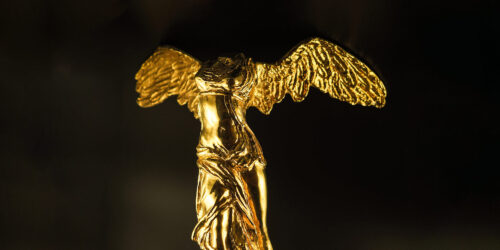
Prix Ars Electronica
Every year since 1987, the Prix Ars Electronica has spotlighted media artworks from all over the world and served as a trend barometer offering inspiring, current and forward-looking insights into the interface between art, technology and society.
-
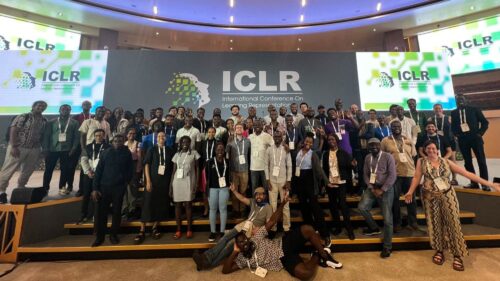
Masakhane – pioneering participatory approaches to building African language technologies, for Africans, by Africans
Masakhane (INT)
Masakhane is a grassroots organization whose mission is to strengthen and spur NLP research in African languages, for Africans, by Africans. Even though 2000 of the world’s languages are African, they are barely represented in technology. The tragic past of colonialism has been devastating in terms of their support, preservation, and integration.
-

Queer Crucession
Alisa Verbina (RU)
By evoking the sensation of encountering a “Total Other” and embracing the numinous experience, Queer Crucession serves as a creative pursuit to unite individuals from various backgrounds and political views.The project directly confronts a prominent issue in modern Russian society – the absence of solidarity.
-
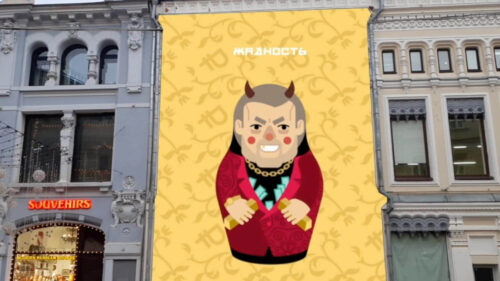
State of the Art(ist) – Research
Ars Electronica (AT), Austrian Ministry of Foreign Affairs (AT)
Launched as a joint project of Ars Electronica and the Austrian Ministry of Foreign Affairs in 2022, State of the Art(ist) sets a thematic focus each year.
-

AR Hunter. The Seven Deadly Sins of Russia.
Art Group Yav – Anastasya Vladychkina (RU), Alexander Voronin (RU)
The project is the creation of the AR Hunter app to bypass censorship and show oppositional street art. The works represent the Seven Deadly Sins of Russia in the form of matryoshkas, symbolizing the problems of Russian power. The project promotes creative freedom and makes citizens think about what is happening in the country.
-
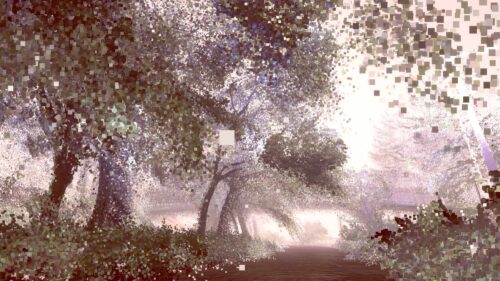
The Places That Will Soon Disappear
Park Gunmee (KR)
This narrative seeks to immortalize the fleeting moments of a hometown on the brink of change in VR space. It’s told from the viewpoint of a native citizen, witness to the city’s cycle of growth and decline.
-

Thinking in Circles
Ars Electronica (AT)
The linear economy model of our economy, involving production, consumption, and disposal, presents significant environmental challenges due to excessive resource use. The Ars Electronica Festival champions a circular economy approach that aims to extend resource lifecycles and promote material and energy recovery, reflecting natural environmental cycles. This sustainability ethos deeply influences our festival’s planning and…
-
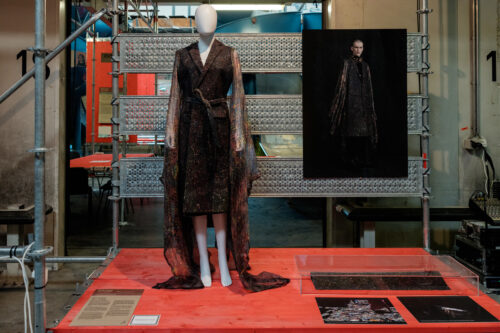
DFT Textile
Yuima Nakazato (JP)
The back ground to DFT Textile is the amount of unwanted, disposed-of clothing piling up in Kenya, which is almost beyond measure. Left untreated, these discarded garments are a shameful symbol of the social issues we face today.
-
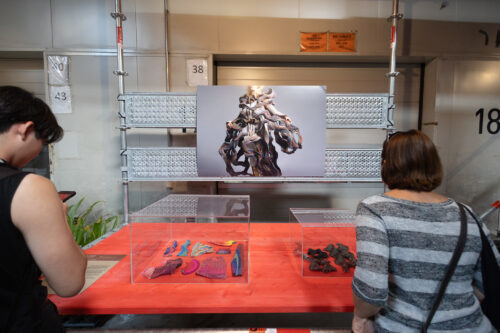
Biosmocking
Yuima Nakazato (JP)
It is safe to say that almost all the garments worn by most people are mass-produced, even though each person’s clothing preferences and body type are different. This project started with the question of whether it would be possible to bring one-of-a-kind items to as many people as possible.
-
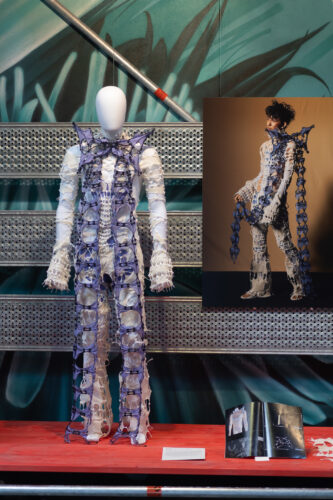
the man with the ribbon
Hiromi Murao (JP)
With a view to the connection between the virtual and the real, Hiromi Murao created a garment composed of parts placed on the body in 3D and connected to each other directly by a 3D printer on cloth.